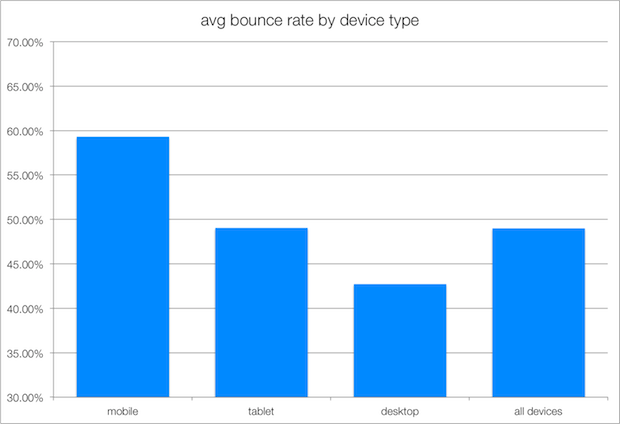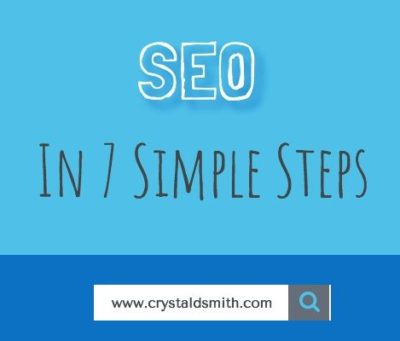In small business, you’ve all heard of SEO. But how many people actually understand what it means? This article will cover a little of how to do it, and also what it is.
SEO stands for Search Engine Optimization. Basically, it is the process of increasing your website traffic. This includes both the quality of users and the number of viewers. Your website is more visible within specific search criteria. It’s important to note that SEO directly refers to efforts outside of paid ads. Like Pay Per Click as an example. Those things can be part of your digital strategy but they aren’t SEO.
7 Steps of SEO
Research & Analysis
Who is your core audience? How do they shop? When do they use the web? Where do they go when they do? How do they access it? Creating a customer profile is the first step. You can create a plan to reach them if you don’t know who they are.
Keyword Identification
After you determine your customer profiles, then you can plan out your keywords. Think of these as the topics of conversation your customers will have based on their profiles. How will they find you? What kinds of information are they looking for? About half of your strategy will be focused on your keywords to promote relevancy in your viewers. Good SEO attracts better users to your site.
Optimize Your Message
Everything that’s existing. Social media, blogs, pages, brochures, etc. Take the time to make sure your message is clear. Create a unified strategy on getting all of your mediums on the same page. This is a step that’s missed a LOT. Even if you start with a lot of recurring efforts (off-page SEO) first you need a clear message. Your digital marketer isn’t going to have great results if your bounce rate is high, or if the message doesn’t match the relevancy of the search results.

When you’re thinking about your message. Think of it as a megaphone. What do I want people to hear about me? How can I disrupt people’s thoughts? How can I get my message out where it can be heard?
Content
Your SEO efforts will work best if you have an effective blend in your strategy. Invest in blogs, content, copy, landing pages, etc. Solidify that message and boost your site’s ability to fair well on search engines. Even with printed materials, that have nothing to do with your ranking, should have consistency in the copy. That consistency can lead to more people knowing you, trusting you. That’s where the profit happens. This includes social media marketing efforts. Do not skip this step. Remember the megaphone metaphor? Here’s where you plan the execution of those ideas.
Site Performance & Speed
This is something that should absolutely be done early, before a lot of your efforts. But, it needs to be assessed after you start cranking in your content. Images, videos, audio files, etc can slow down the load times. This can affect your bounce rate and session time negatively. What that means is that people won’t stay, and when they do it won’t be for long.

If your Bounce Rate is higher than you want, you need to assess your website’s loading speed along with your keywords, content quality, and customer profile data
Co-Op Marketing
After you start to get a larger audience and more pieces of content, look for co-op opportunities. Be a guest on a blog or podcast. Crosspost social media links with others in your contact sphere. Create outbound and inbound links by including blogs into your content. Have a growth drive to collect reviews, “like”, followers. A large part of Google’s rankings is the number of places you are referenced. So the more people that link to you the better.
Beyond The Chaos wrote a blog based on information she obtained from me. This blog links to my site and references me. This is a great example of strategies that will help your SEO. The Benefits of Marketing Consulting is the article if you want to check it out.
Analytics & Reporting
Eventually the cycle circles back around. Think of it as a large ring with these 7 steps of SEO being spaced out evenly all the way around. Whether it’s every 3 months or every 2 years, analyze the results. Use this to go back to step 1. Is your customer profile the same? Does it need to be tweaked? What about your keywords? Were they effective? Do you need to change your strategy or add efforts to certain words?
____________________________
In my mind, I always picture this as The One Ring, from LOTR. SEO can very well be an endless loop of effort until you decide to stop. That’s not meant to scare you. But rather help you understand it better so you can accurately determine where your efforts and/or budget should be for it. Keep up with all things marketing for your business on LinkedIn.

